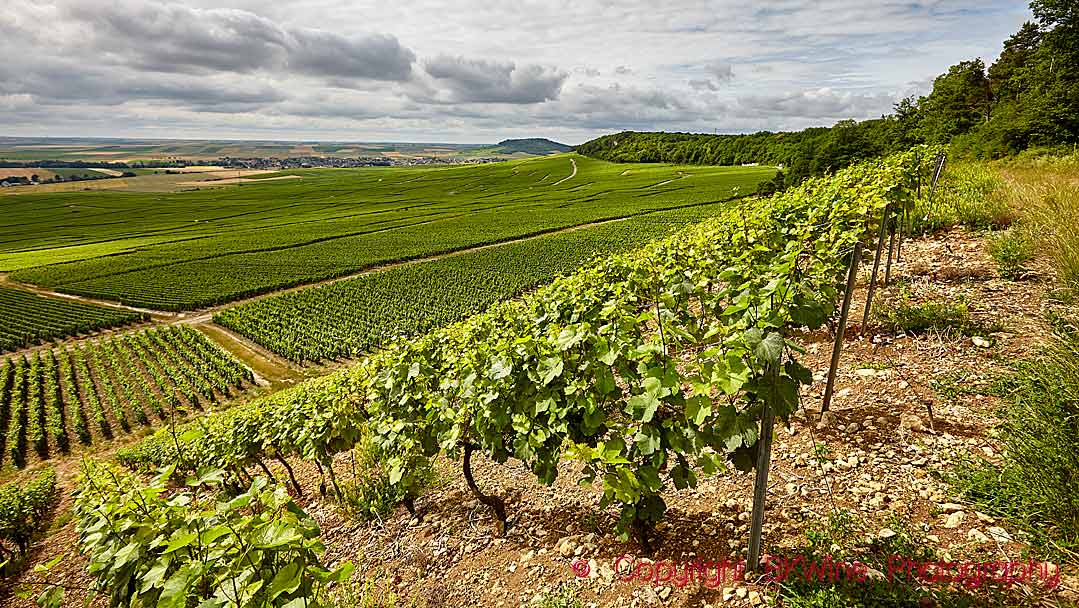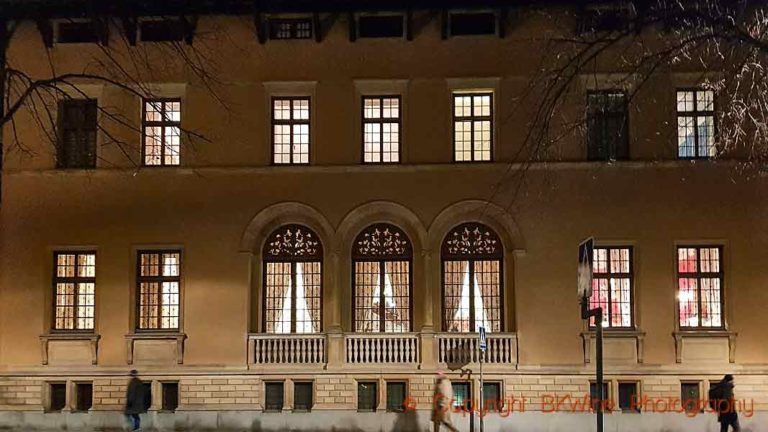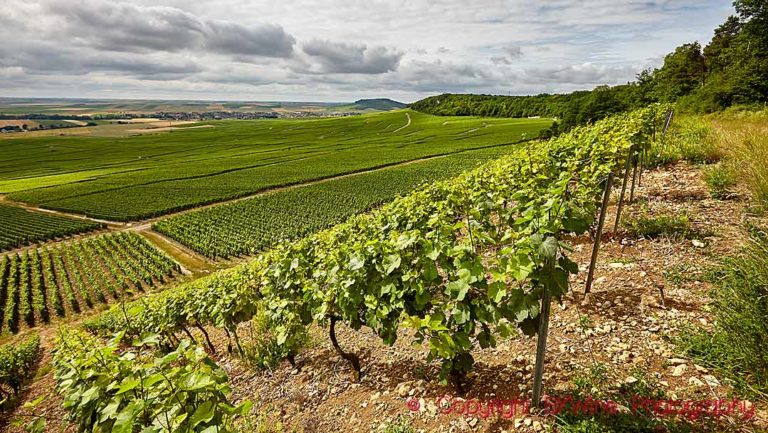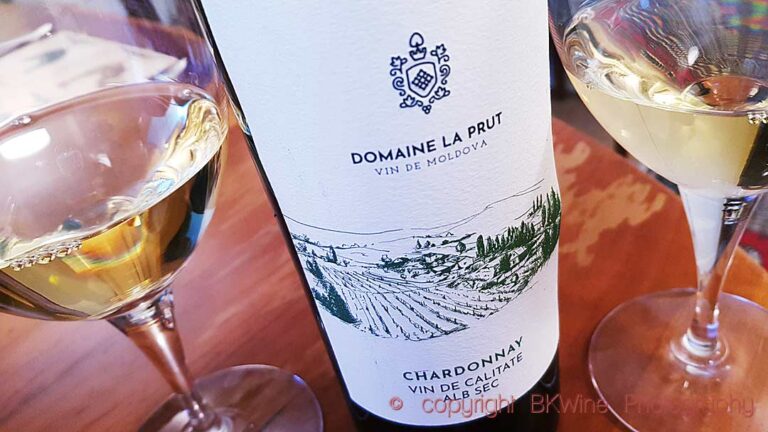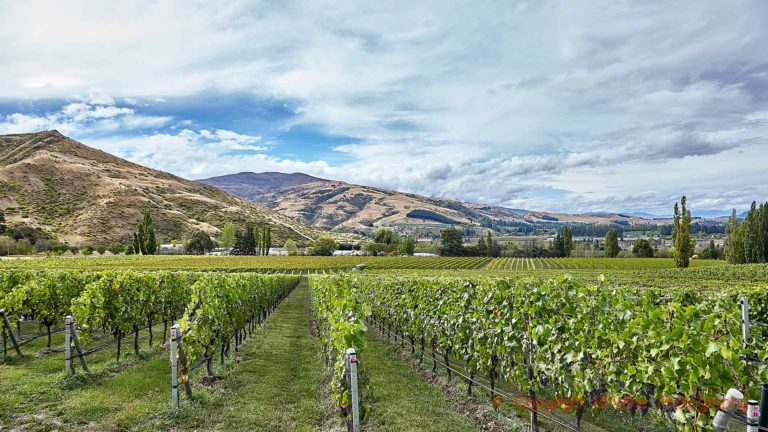Champagne goes with everything, it is sometimes said. But does it match well with a cuisine based solely on vegetables and plants? To explore this wine and food pairing, BKWine Magazine contributor Jeanne Peixian Qiao, went to Alain Passard’s Arpège in Paris and found excellent matches with the champagnes from Chantal Gonet, Stéphane Vignon, and Lombard. Champagne may not pair well with “everything”, but it certainly matches well with plant-based food.
When the culinary artistry of Alain Passard’s vegetable garden encounters the elegance of champagne blanc de blancs, a dynamic balance of flavours takes shape. Champagne is no longer just reserved for celebrations—it now finds a new role as a refreshing companion to light, plant-forward haute cuisine that inspires both enjoyment and exploration.
On a rainy Parisian day, where hurried passersby wear expressions of melancholy, life blooms in Alain Passard’s vibrant vegetable garden. The raindrops are welcomed like a blessing, nourishing each leaf and root in preparation for their transformation into elegant dishes.
In 2001, Passard made a bold decision that changed the course of modern gastronomy. He removed red meat from his menu and elevated vegetables to become the stars of his cuisine at the Michelin-starred restaurant Arpège. “Each season is a new chapter in my kitchen,” he explains, highlighting the importance of seasonal rhythms. His philosophy of letting vegetables take centre stage has reshaped perceptions of fine dining, inspiring a new generation of chefs who embrace seasonal, plant-driven menus.
This evolution in cuisine finds its perfect echo in champagne blanc de blancs. With its freshness, elegance, and subtle complexity, blanc de blancs harmonizes effortlessly with the delicate textures and flavours of vegetable-based dishes.
What Makes Blanc de Blancs Unique?
Blanc de blancs is a style of champagne made exclusively from white grape varieties. While chardonnay is the most widely used, other heritage grapes such as arbane, petit meslier, and pinot blanc may also contribute to its creation. Many of these champagnes originate from the prestigious Côte des Blancs, though other terroirs across the Champagne region also produce notable examples. Each blanc de blancs expresses a singular identity, shaped by unique terroirs and winemaking philosophies.
Blanc on Green: an Effervescent Dialogue with Chantal Gonet, Stéphane Vignon, and Lombard
Champagne blanc de blancs demonstrates its versatility at the table, as seen through a series of recent tastings and pairings with Alain Passard’s culinary creations.
Chantal Gonet presents her TER Blanc cuvée, a blend of three vintages (2013, 2014, 2015) and three terroirs. Two-thirds of the grapes come from grand cru vineyards in Le Mesnil-sur-Oger and Oger, with the final third sourced from a premier cru plot in Ludes.
“Champagne is all about the art of blending,” says Gonet. Her TER Blanc cuvée undergoes six months of ageing in 6,000-liter oak foudres, followed by aging on lees for seven years before disgorgement in July 2023. With no malolactic fermentation, this champagne reveals a vibrant acidity and saline minerality. Its citrus brightness adds a playful contrast to the crunch of a carrot sushi, bringing out the subtle complexity of fig oil and fresh vegetables in an unexpected and delightful way.
At Verzenay, Stéphane Vignon crafts his Potences–Rochelles cuvée, a grand cru blanc de blancs renowned for its bone-dry character, crystalline purity, and refined minerality. “A great white on a cold terroir of pinot noir,” as Vignon describes it. He emphasises a reductive winemaking approach, allowing the wine to gradually release complex aromas upon contact with air. “Forget the flûtes,” he insists. “Pour it into a decanter, and you’ll see how a great champagne reveals its depth right from the start.” This structure and intensity make it a perfect companion to vegetable dishes, softening some of their bitter notes and balancing the richness of cheese-based preparations.
Champagne Lombard’s La Vigne Bouillet Blanc de Blancs, produced entirely from chardonnay harvested in 2016, showcases the expressive potential of a single parcel in Chouilly. With no added sugar (zéro dosage), the champagne highlights the chalky minerality typical of Côte des Blancs wines. “Our goal is to craft a modern style for today’s wine lovers,” explains Isabelle Kroun, Lombard’s communications manager. Those champagnes are a testament to how blanc de blancs can accompany every stage of a meal, enhancing both simple and sophisticated dishes alike.
A Fresh Perspective on Fine Dining
As Alain Passard remarks, “I change professions every three months.” His refusal to use out-of-season ingredients ensures that each dish embodies the best of the current harvest, from leeks in winter to asparagus in spring. This approach naturally aligns with the refreshing character of his favourite grape variety: chardonnay.
The lightness and refreshing character of blanc de blancs harmonizes with the flavours of Passard’s vegetable creations, offering a gourmet experience that is both indulgent and health-conscious. Together, they celebrate a lifestyle where fresh ingredients, vibrant flavours, and mindful enjoyment take centre stage.
“I love to explore and reveal the mysteries of the forest,” Passard confides, mimicking the gesture of pushing aside branches. His dishes, paired with the freshness of champagne blanc de blancs, inspire exploration of natural, health-conscious dining and curiosity about this versatile wine.
Travel
The best way to discover the true soul of champagne and how it pairs with gastronomy is in Champagne. Explore champagne-and-food matching on a wine tour to Champagne with BKWine.
Travel to the world’s wine regions with the wine experts and the wine travel specialist.
Wine tours that give you insight. BKWine wine tours.


